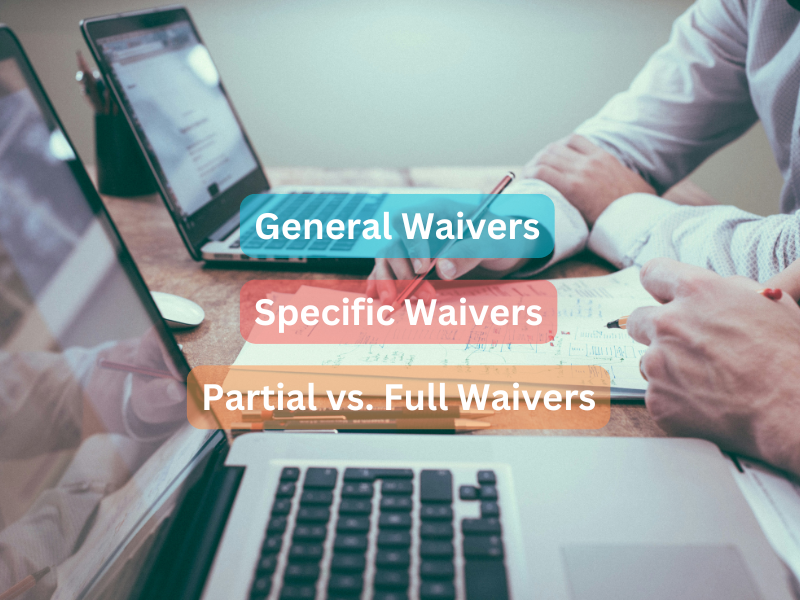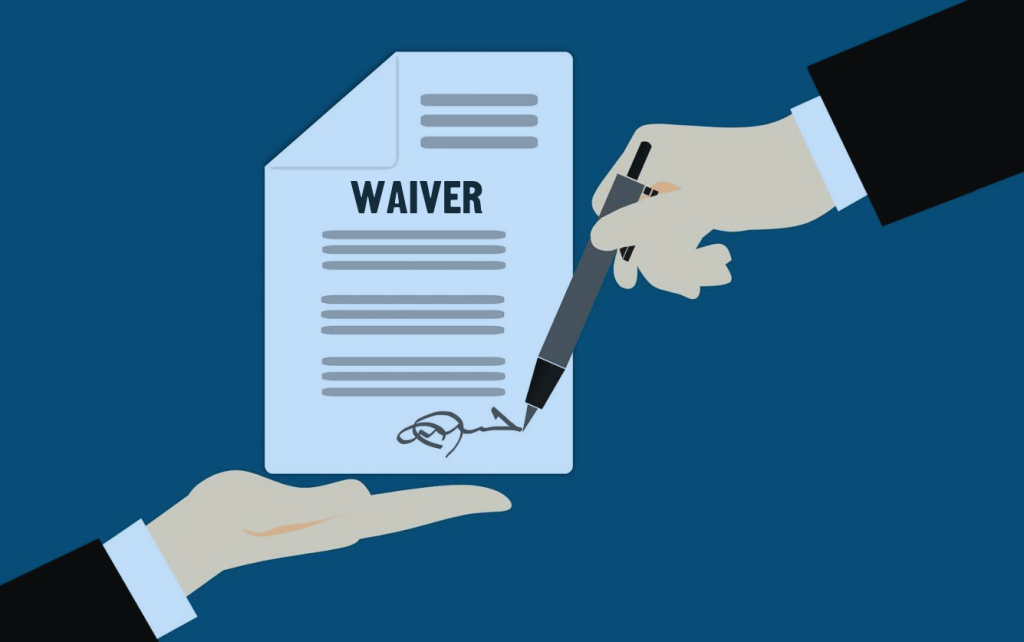In the complex world of insurance, understanding the challenges of policy agreements is crucial for policyholders. With so many terms and conditions, it can be tough to know what’s what. One significant aspect of these agreements is the concept of a waiver. Waivers are important because they affect what coverage you have and what you might be giving up.
A waiver in insurance can have substantial implications for both insurers and insured individuals. By clarifying what is covered and what isn’t, waivers help set clear expectations for both parties. This article will provide a comprehensive overview of what is a waiver in insurance, the different types of waivers, their purposes, and how they affect policyholders.
What Is a Waiver in Insurance?
A waiver in insurance refers to the voluntary waiving of a written right or privilege within a policy agreement. This means that when you agree to a waiver, you’re choosing to give up certain protections or rights that you would normally have under the policy. Essentially, it is a provision that allows an insurer to reduce or eliminate liability for certain claims. This can be particularly important for insurance companies, as it helps them manage risk and potential losses.
When a policyholder agrees to a waiver, they are acknowledging that they understand the consequences of waiving specific rights, which can impact their coverage. It’s important to read and understand these waivers fully, as they can affect future claims and the level of financial protection available. By specifying which rights are waived, both the insurer and the policyholder have a clearer understanding of what to expect in the event of a claim.
Types of Waivers
Waivers can be categorized into several types, each serving different purposes. Understanding these categories is crucial for policyholders, as each type can have varying effects on their coverage and rights.

General waivers
These are broad waivers that apply to various aspects of insurance policies. They often state that the insurer will not be held responsible for certain losses or damages under specific conditions. General waivers are typically used to protect insurers from claims that may arise in common situations, such as accidents or unforeseen events. By agreeing to a general waiver, policyholders acknowledge these exclusions in the policy, which can affect their ability to seek compensation for specific incidents.
Specific waivers
These waivers are tied to particular types of insurance, such as health, auto, or liability insurance. For instance, a health insurance policy may include a waiver for pre-existing conditions, meaning that any medical issues diagnosed before the policy’s effective date will not be covered.
Specific waivers are designed to address unique risks associated with particular types of insurance, helping insurers limit their exposure to claims. Policyholders should pay close attention to these waivers, as they can significantly impact the coverage available to them in different scenarios.
Partial vs. full waivers
A partial waiver allows for some coverage while waiving certain rights, whereas a full waiver completely eliminates any claims related to a specific aspect of the policy. This distinction is vital for policyholders to understand, as a partial waiver may still provide some level of protection, whereas a full waiver may leave them exposed to greater risks. When considering waivers, policyholders should carefully evaluate the trade-offs involved, weighing the benefits of potential premium savings against the possible loss of coverage.
The Purpose of Waivers in Insurance
Waivers serve essential purposes in insurance contracts. They are primarily designed to protect insurance companies from certain claims that might otherwise lead to significant financial losses. This protective measure allows insurers to maintain more stable premium rates, as they can predict and manage their risk exposure more accurately. By clearly defining which rights are waived, insurers can limit their liability and manage risk more effectively.
This clarity benefits both parties, as it helps prevent misunderstandings and ensures that policyholders know exactly what coverage they are giving up. For example, if a policyholder waives their right to sue for damages under specific circumstances, it helps insurers control potential legal disputes. Such provisions can lead to smoother claims processes and reduce the likelihood of costly litigation, which ultimately benefits both the insurer and the policyholder.
Common Examples of Waivers in Insurance Policies
Waivers can be found in various insurance policies, often tailored to address specific risks and circumstances. Understanding these examples can help policyholders recognize the implications of waivers in their own policies. Here are some common examples of waivers:
- Health insurance waivers – Pre-existing condition waivers are common, wherein the insurer excludes coverage for health issues diagnosed before the policy took effect. This can significantly affect individuals with chronic conditions seeking coverage.
- Auto insurance waivers – Some auto insurance policies may include waivers for rental car coverage. If a policyholder opts for a waiver, they may not receive reimbursement for rental car expenses in case of an accident.
- Liability insurance waivers – Event organizers often require participants to sign liability waivers stating that they will not hold the organizer responsible for any injuries sustained during the event. These waivers are crucial for mitigating potential lawsuits.
- Commercial insurance coverage waivers – In the world of commercial insurance coverage, businesses might face waivers that limit liability for specific risks associated with their operations. For example, a commercial property insurance policy may include waivers for certain types of damage, such as flooding or earthquakes, depending on the terms agreed upon.

How to Evaluate Waivers in Insurance Policies
When reviewing waivers in insurance policies, policyholders should consider several important steps to ensure they fully understand their implications. First, it’s crucial to review the policy thoroughly, reading through the documents to identify any waivers and their specific terms. This helps recognize what rights are being waived and under what conditions.
Next, policyholders should ask insurance agents questions regarding the purpose of each waiver and how it affects their coverage. Understanding the implications of relinquishing certain rights is essential for making informed decisions. Finally, it’s important to consider the potential risks associated with waiving specific rights. By evaluating whether the benefits of the waiver outweigh the potential downsides, policyholders can better understand their insurance options and protect their interests.
Conclusion
Understanding what is a waiver in insurance is critical for making informed decisions about coverage. By learning what a waiver is and how it functions within a policy, policyholders can better protect their interests.
It is essential to evaluate waivers carefully, ask the right questions, and consider the potential risks associated with waiving certain rights. After knowing what to expect from waivers, individuals can navigate the complexities of insurance more effectively and ensure they have the coverage they need.
